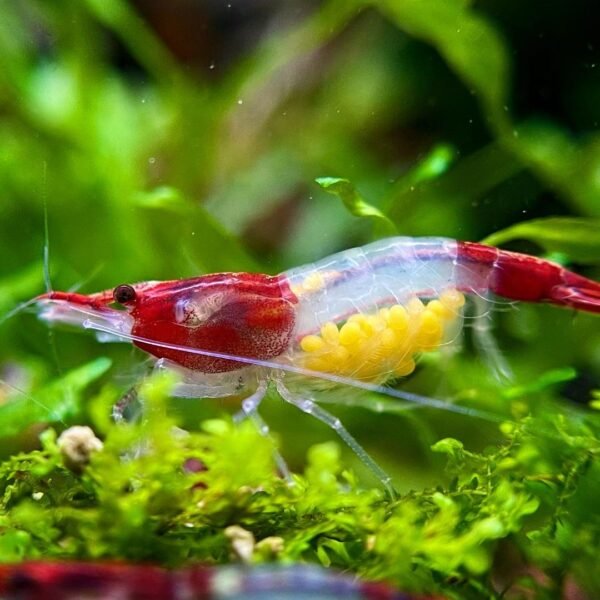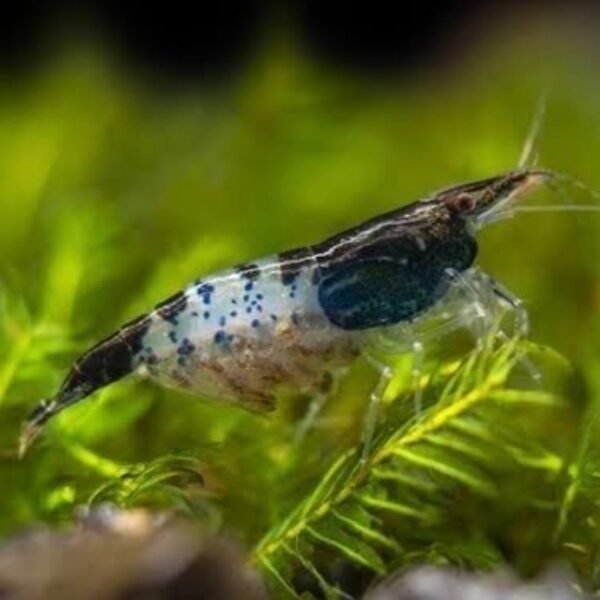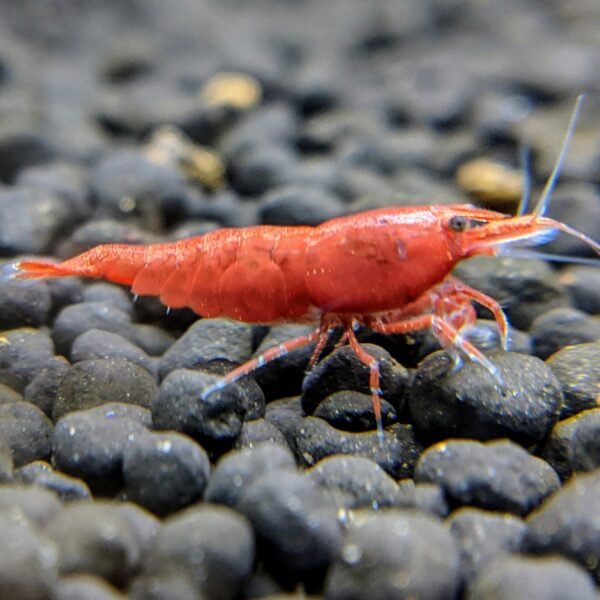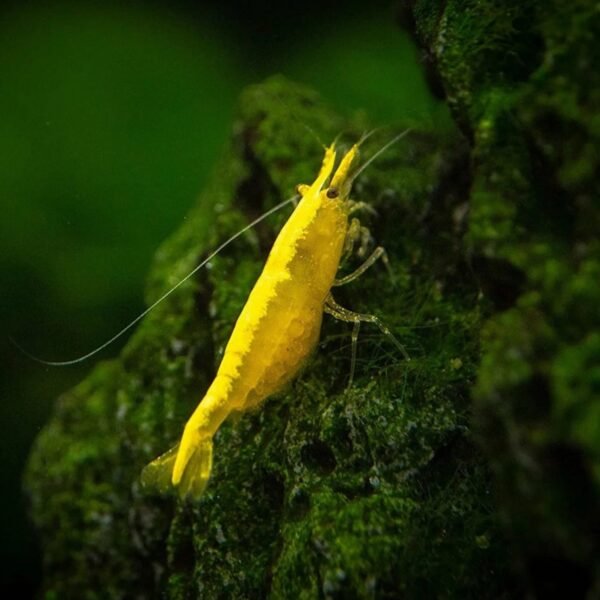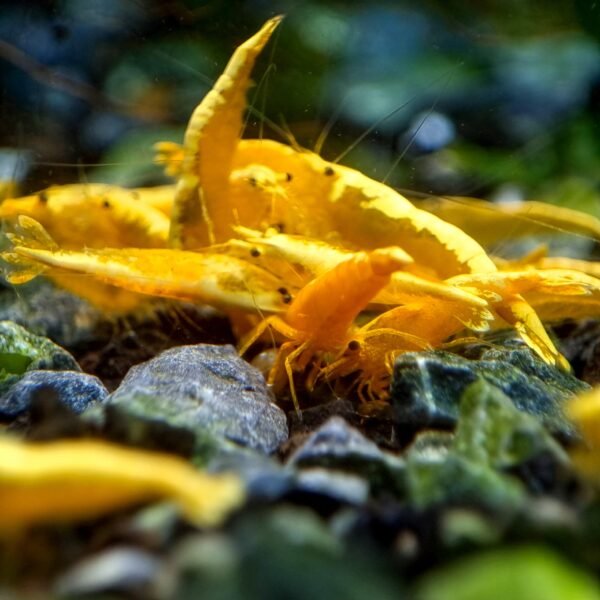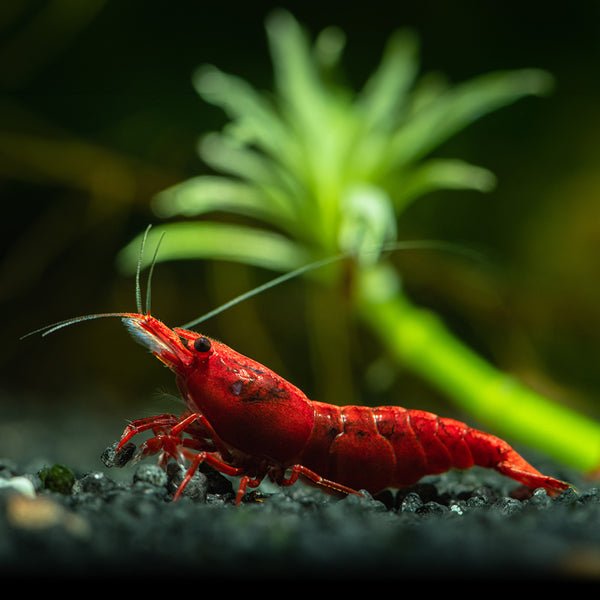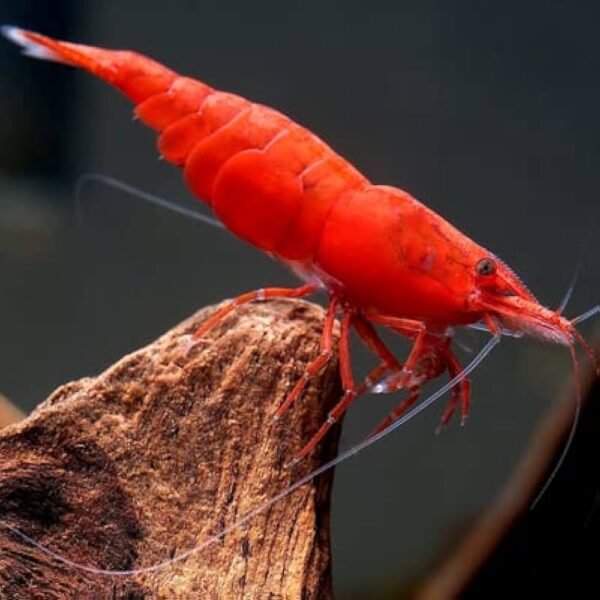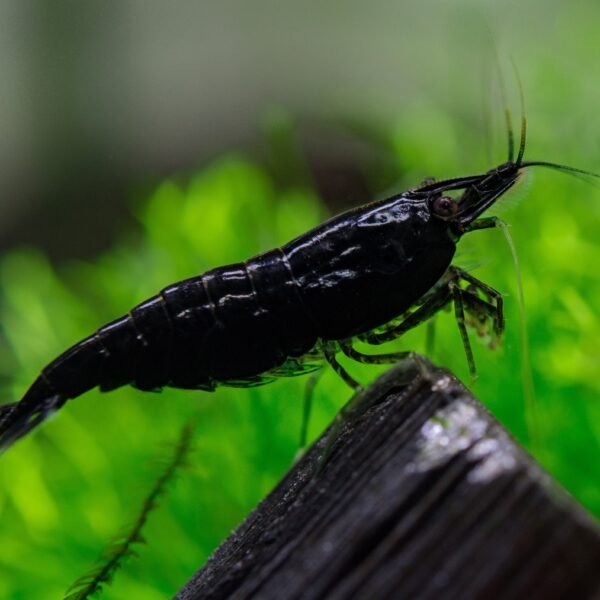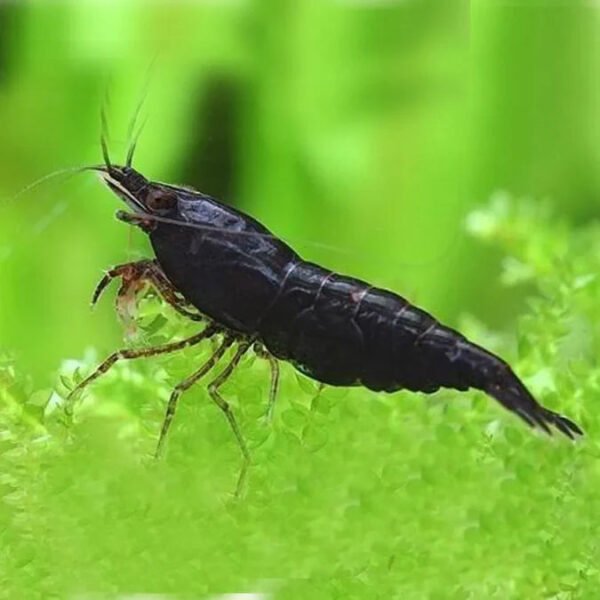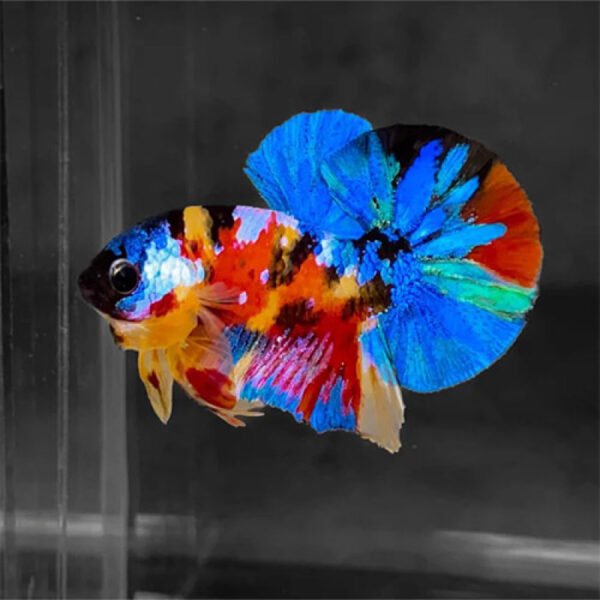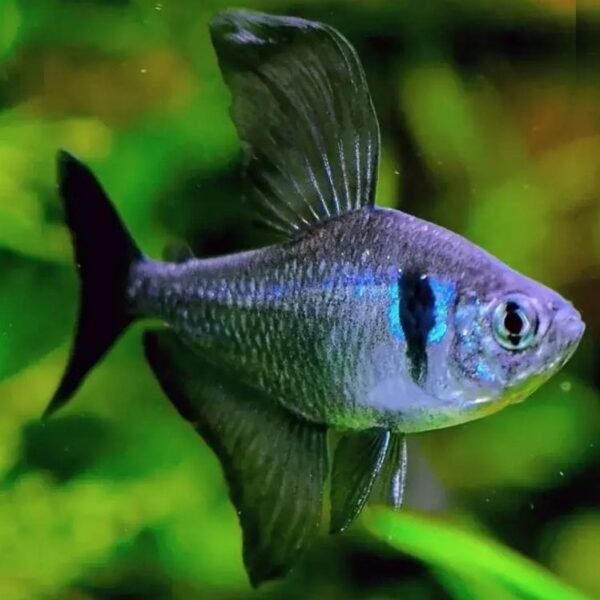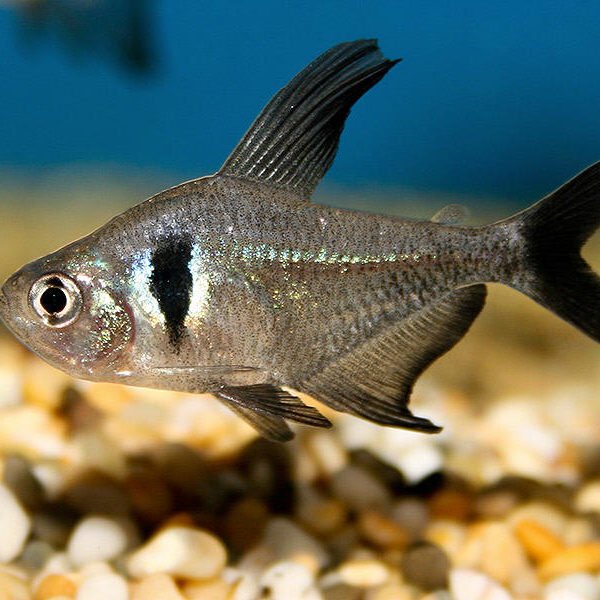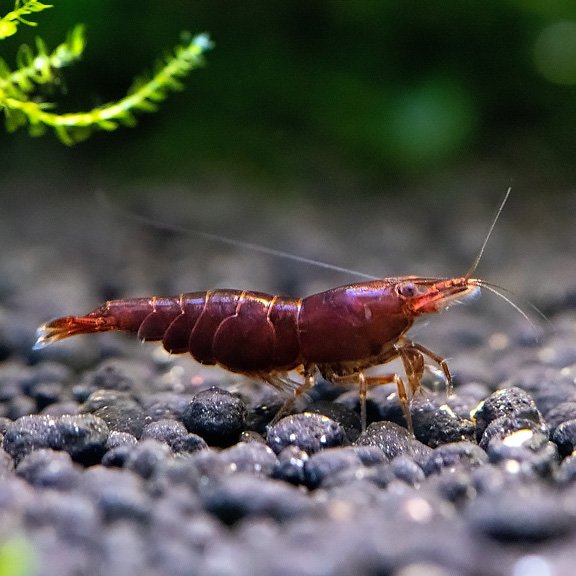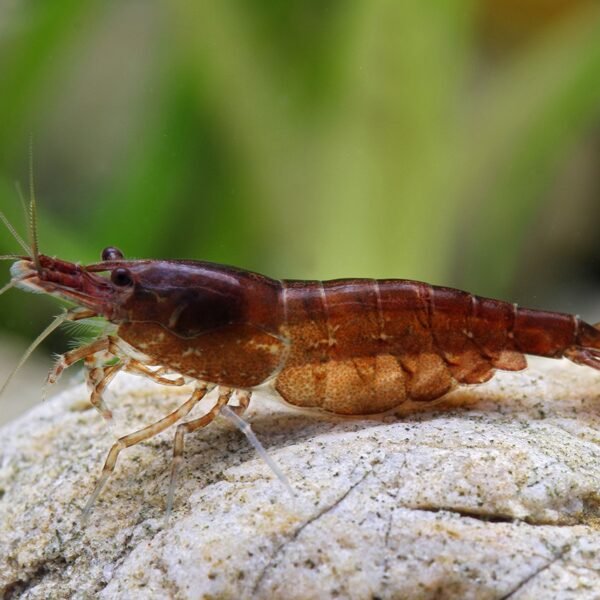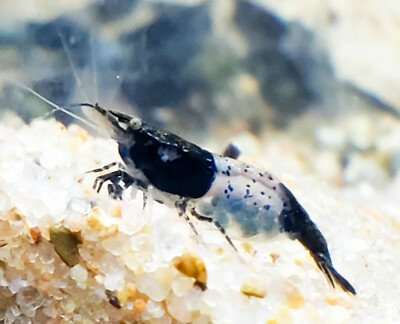Description
🌟 Blue Rili Shrimp (Neocaridina davidi var. Blue Rili)
📌 Basic Info
-
Scientific Name: Neocaridina davidi (Blue Rili variant)
-
Common Name: Blue Rili Shrimp
-
Size: ~1 – 1.2 inches (2.5 – 3 cm)
-
Lifespan: 1.5 – 2 years
-
Tank Zone: Bottom to mid (always grazing on plants, rocks, and glass)
🌊 Water Parameters
-
TDS: 100 – 250 ppm
-
pH: 6.5 – 7.5
-
Temperature: 20°C – 26°C (68°F – 79°F)
-
Water Type: Freshwater, soft to moderately hard
-
Hardness: GH 4–8, KH 3–6
🐟 Characteristics
-
Distinctive blue body with transparent sections, giving a striking patterned look.
-
Peaceful, hardy, and perfect for community aquariums.
-
Active algae eaters and scavengers → help in keeping tanks clean.
-
Easy to breed in stable aquariums.
-
Females are usually larger and more colorful than males.
🍽️ Food
-
Type: Omnivorous scavenger.
-
Diet: Algae, biofilm, shrimp pellets, blanched vegetables (spinach, zucchini), spirulina, quality shrimp food.
-
Feeding Frequency: 3–4 times per week, in very small portions.
🛠️ Maintenance
-
Weekly 15–20% water change.
-
Use a sponge filter (safe for baby shrimp).
-
Add plants, moss, and driftwood → natural hiding and grazing spots.
-
Avoid copper-based medications or fertilizers (toxic).
-
Stability in water parameters is more important than chasing perfect numbers.
👥 Social Behavior
-
Minimum Group Size: 10+ (they thrive in colonies).
-
Tank Mates: Peaceful small fish – rasboras, ember tetras, guppies, endlers, otocinclus, snails.
-
Avoid: Aggressive or predatory fish (bettas, cichlids, barbs, goldfish).
✅ Do’s
-
Keep them in a planted tank with moss and hiding spots.
-
Acclimate slowly when adding to a new aquarium.
-
Maintain a stable, cycled aquarium.
-
Keep them in colonies for natural breeding and activity.
❌ Don’ts
-
Don’t mix with aggressive or large fish.
-
Don’t overfeed → leads to water pollution.
-
Don’t use copper-based treatments.
-
Don’t keep them in new or unstable tanks.
⭐ Quick Tips
-
Known for their beautiful blue + clear patterned body.
-
Hardy, peaceful, and beginner-friendly.
-
Great algae cleaners and active tank scavengers.
-
Add a unique blue shine to any planted aquarium

